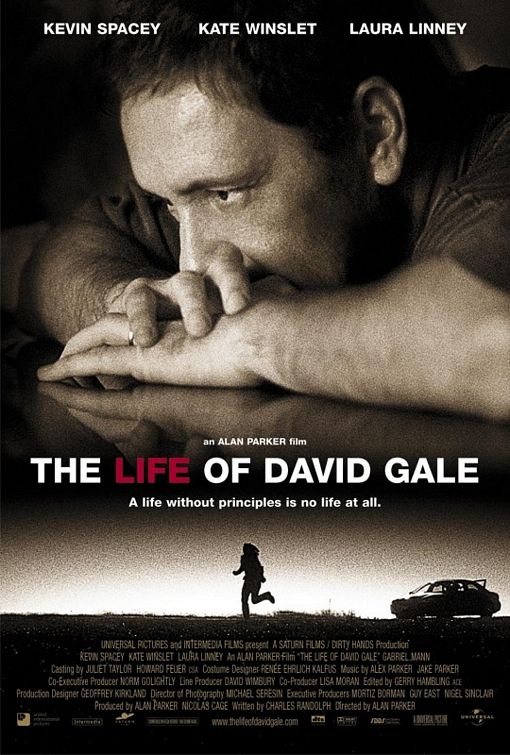You're barking up the wrong tree. Keep in mind that Magnolia is my favorite movie.
I mean that it's inaccessible to the extent that it appears to purposely keep viewers at arms length. Previous PTA works engage many of the same thematic elements, especially strands related to artificial/created/found families, in different and more obviously engaging ways. While movies like Boogie Nights or Punch Drunk Love are designed around a few cathartic release moments of human empathy, his last two features seem to go out of the way to keep the audience at arms length from all the characters. This film denies us even a milkshake moment or a brutally clubbed Paul Dano with a bowling pin. To be honest, if you had no knowledge of the film's production history or of scientology specifics before you walked into the theater I believe you would get even less out of it. The hallmark of previous PTA movies was that he drew you into worlds unknown. It didn't matter if you had no background into 1970's pornography. You were there. Those people were real and Julianne Moore was tragic. That's not the story for his most recent features.
PTA has also largely abandoned his primary stylistic signature: the continually dancing camera that barely if ever stops. Gone are the extreme passing shots. Gone are shots where you knew if the camera stopped on a diner case something happened that was very important. Gone are the lyrical musical montages and numbers. Instead we get things that ape other great directors in a way that, at least to me, doesn't feel organic. We have Aranofsky following shots that are set 10 degrees off. We have Scorsese shots that pirouette around a pillar in the frame. PTA has previously acknowledged that he (like most) steals shot styles relentlessly from other directors but the camera dancing in particular was always unique. It's also incredibly difficult to sustain in an interesting fashion. He appears to have signed away his stylistic birthright to a degree.
And for the record, I don't think there's anything particularly avant garde about the film. If anything Punch Drunk Love's color-field scapes were farther down that path, but they didn't serve to make the film more alien and cold. I brought up Malik because in his work there's a particular quality of it being an object that exists independent of audience reaction. You are there for it to be seen, it is not there for you to see. That appears to be the direction PTA has headed with his last two films.
I suspect I will watch Django Unchained five times before I watch The Master a second time. That's also held true for Inglorious ******** and There Will Be Blood.


